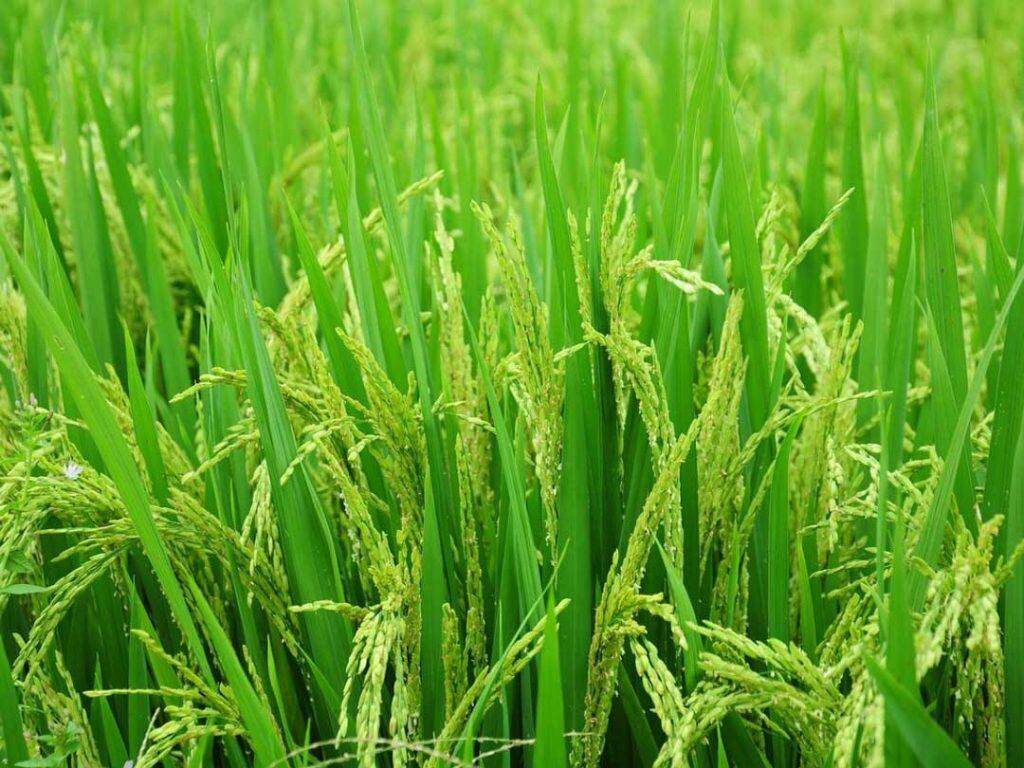Rice that is resistant to some of the worst crop-destroying diseases but can still produce large yields could soon become a reality for farmers worldwide.


A University of Adelaide researcher is part of an international team which has identified a new gene variant in a type of rice that can be modified to improve the performance of the crop.
“Rice is the most widely grown crop in the world but serious bacterial and fungal diseases such as rice blast and bacterial blight are a major threat to the industry,” said co-author Associate Professor Jenny Mortimer from the University of Adelaide’s School of Agriculture, Food and Wine.
“By identifying a specific gene called RBL1, we may have cracked the code for developing rice crops that are resistant to these destructive diseases without the yield penalties often associated with disease resistance.”
In an international collaboration led by researchers at Huazhong Agricultural University, China and University of California Davis, USA, researchers identified a rice variety that already had strong resistance to fungal and bacterial diseases but produced poor grain yields. They showed that this plant was mutated in the gene RBL1.
“Using existing genome-editing technology, the team then generated 57 gene variants from this type of rice and tested their immunity against several strains of rice blast and bacterial blight. We found that one variant of RBL1 had broad-spectrum disease resistance but unlike other varieties, it was still able to produce large yields in small-scale field trials,” said Associate Professor Mortimer, who is a researcher at the University’s Waite Research Institute.
The research has been published in the journal Nature and also indicates the RBL1 gene may play a role in the plant’s defence system by interacting with the cells that stop fungal infections from spreading.
“…WE MAY HAVE CRACKED THE CODE FOR DEVELOPING RICE CROPS THAT ARE RESISTANT TO THESE DESTRUCTIVE DISEASES WITHOUT THE YIELD PENALTIES OFTEN ASSOCIATED WITH DISEASE RESISTANCE.”
-Associate Professor Jenny Mortimer, School of Agriculture, Food and Wine, University of Adelaide.
In 2021/2022 about 520 million tonnes of rice were consumed worldwide.
“This is an exciting development because rice is a staple food for more than a third of the world’s population and crop disease is a constant threat to this food source,” said Associate Professor Mortimer.
Australians alone are estimated to consume around 300,000 tonnes of rice each year; half comes from imports while the remainder is grown here. The Australian rice industry has the ability to produce up to one million tonnes of rice each year.
While the new gene identified in this research has promising traits, more field trials are needed to test the immunity and yield of the RBL1 gene in other rice varieties.
Initial work also indicates that this gene is important in disease resistance in other staple crops, and future research will explore this.
“Rice crops with higher yields are needed to meet growing global demand and the results from this study could help shore up food supply in the future,” said Associate Professor Mortimer.






































